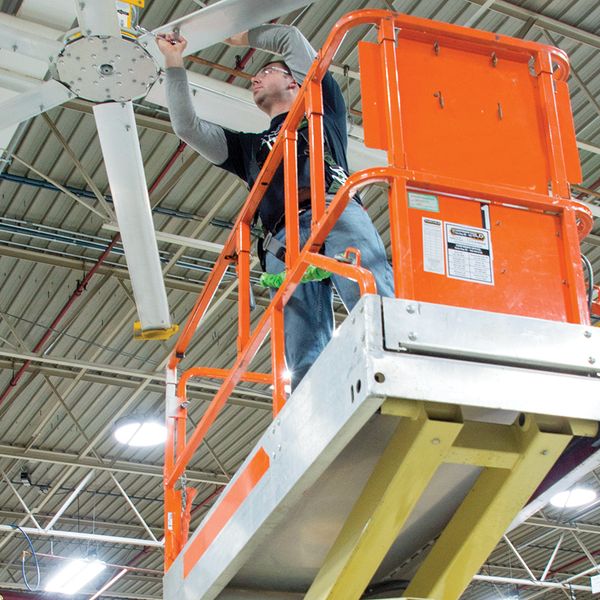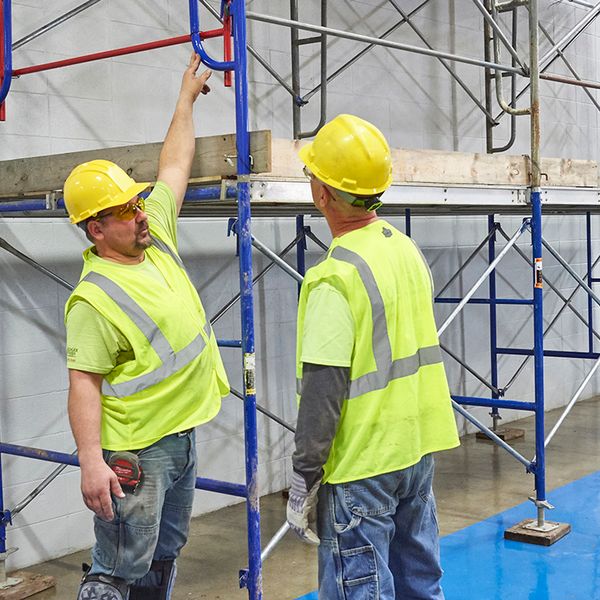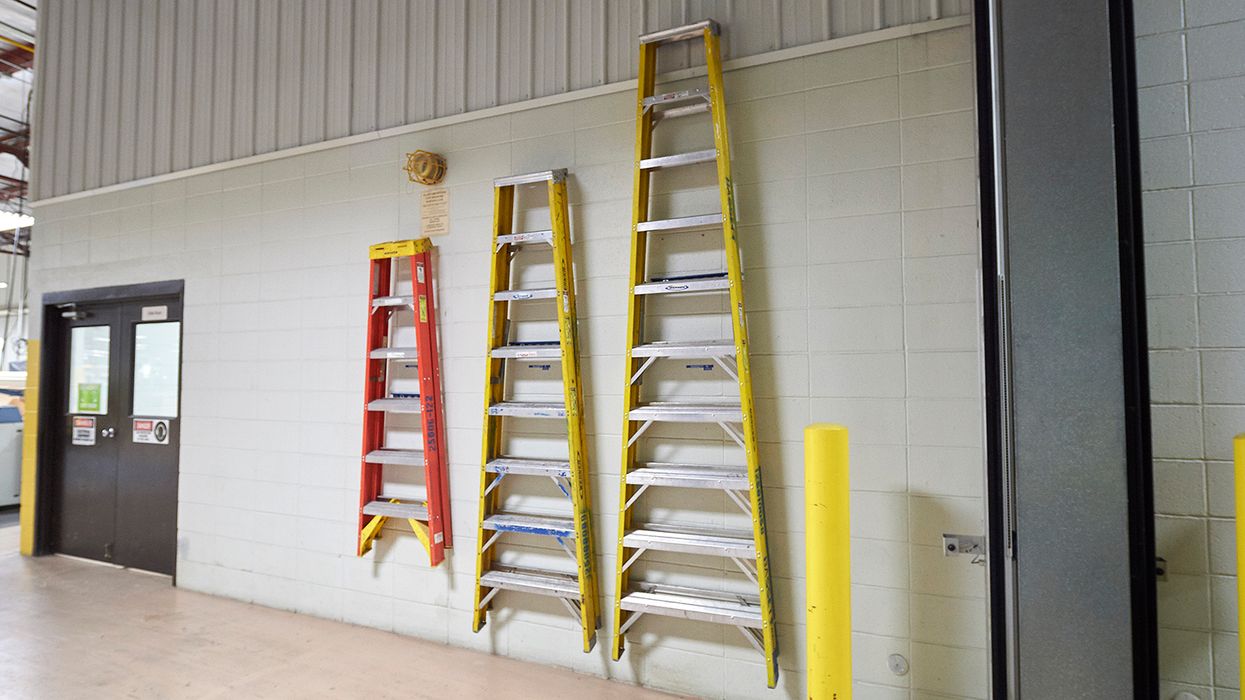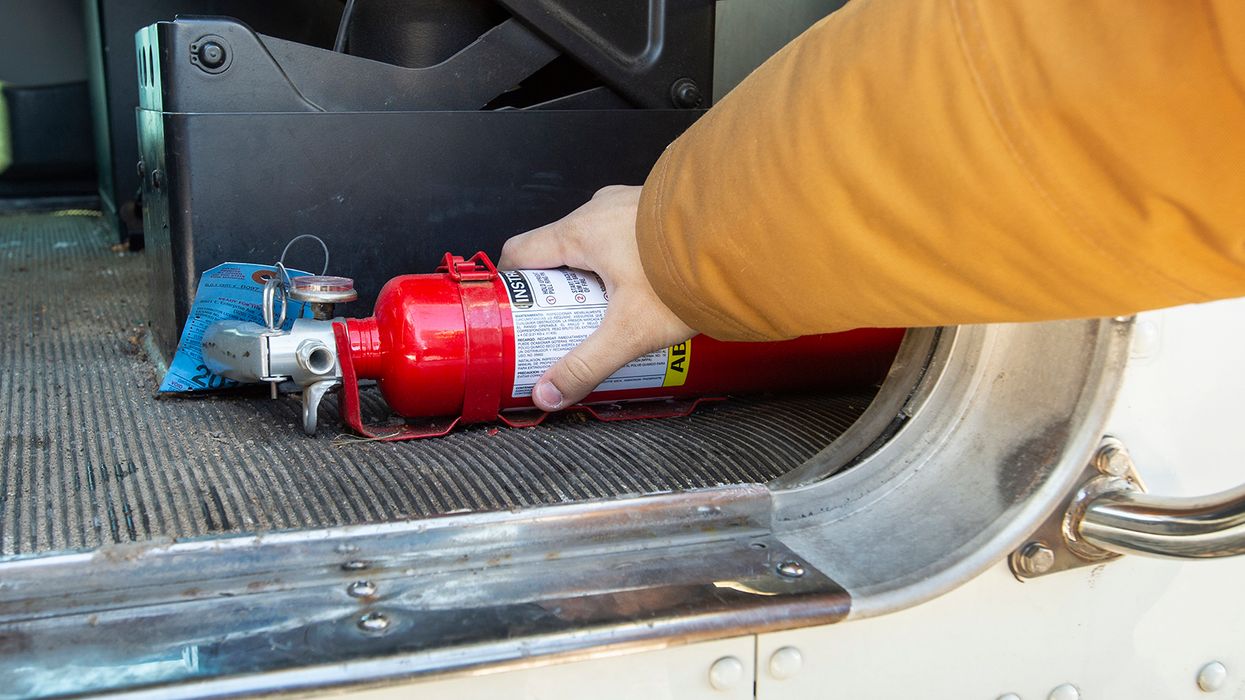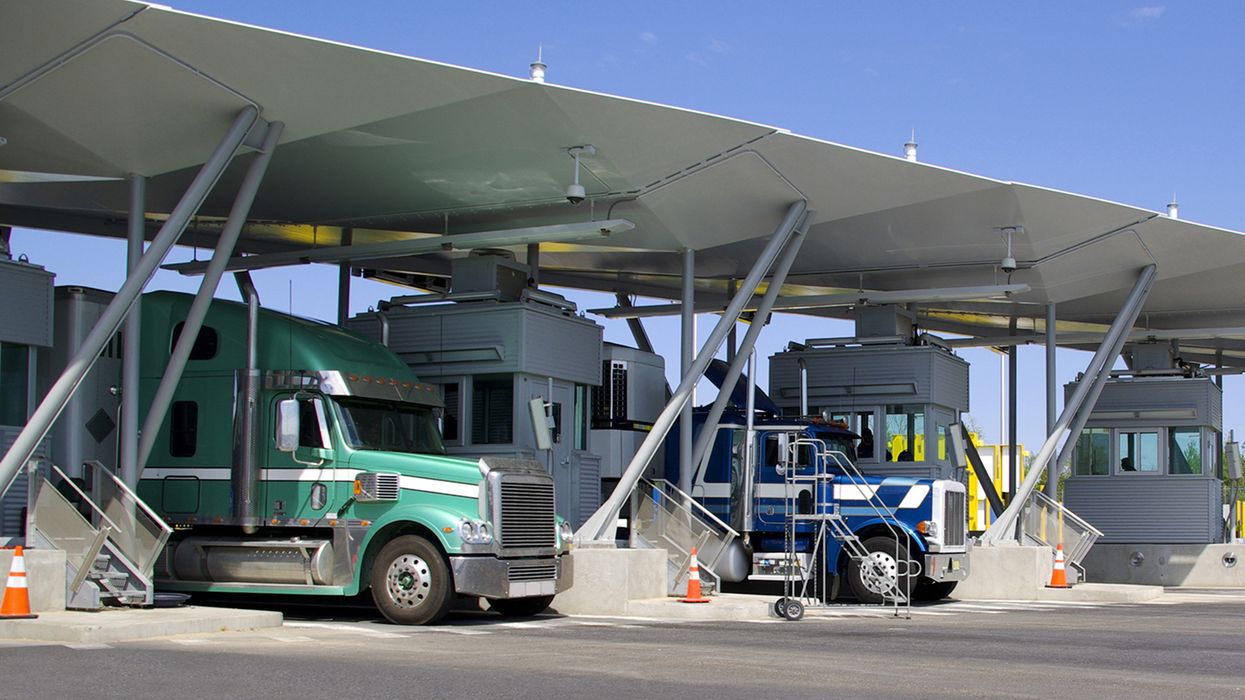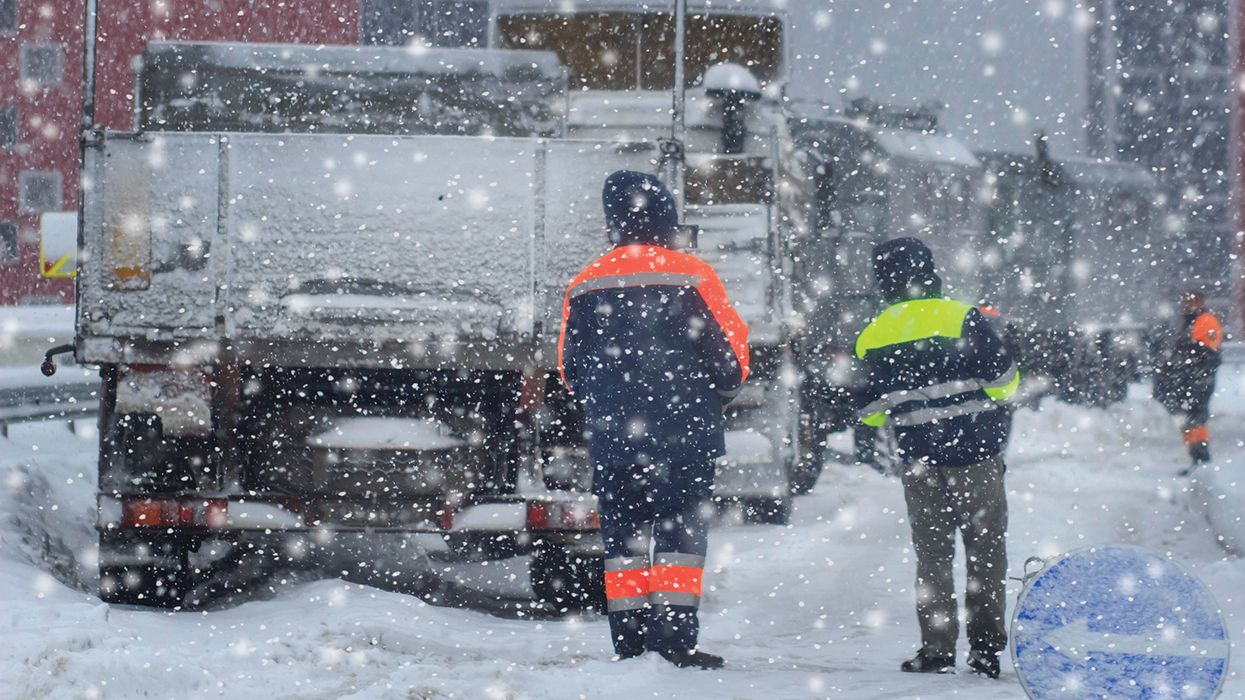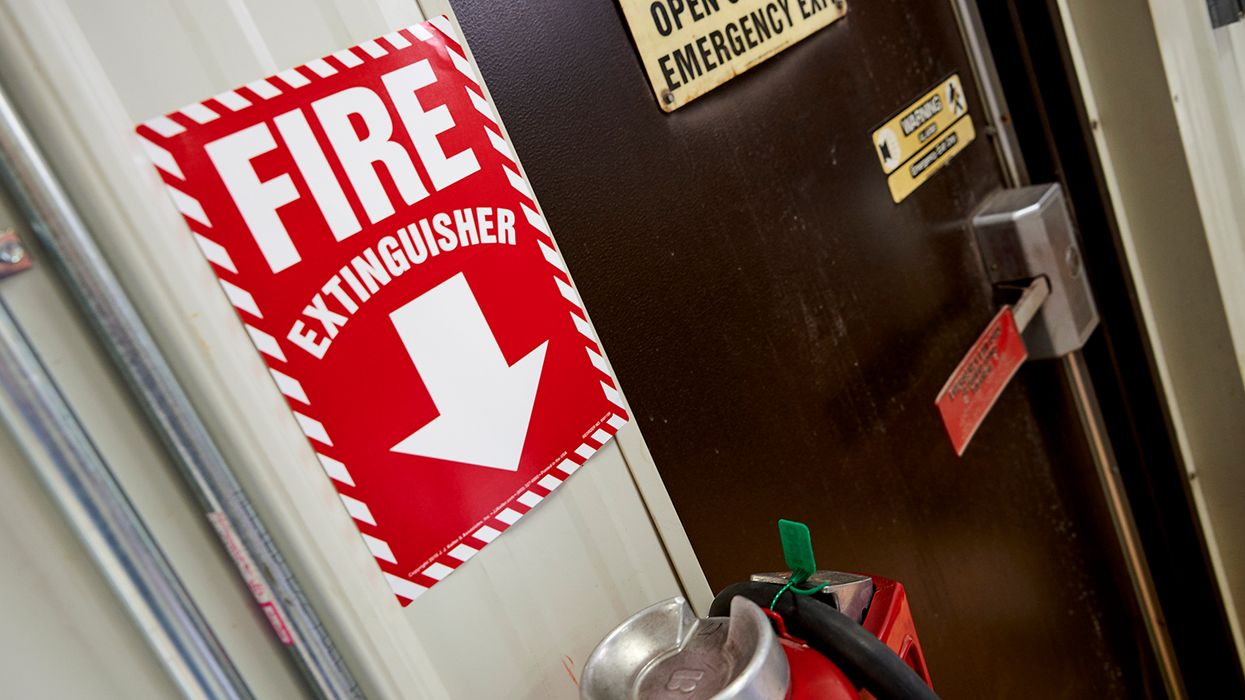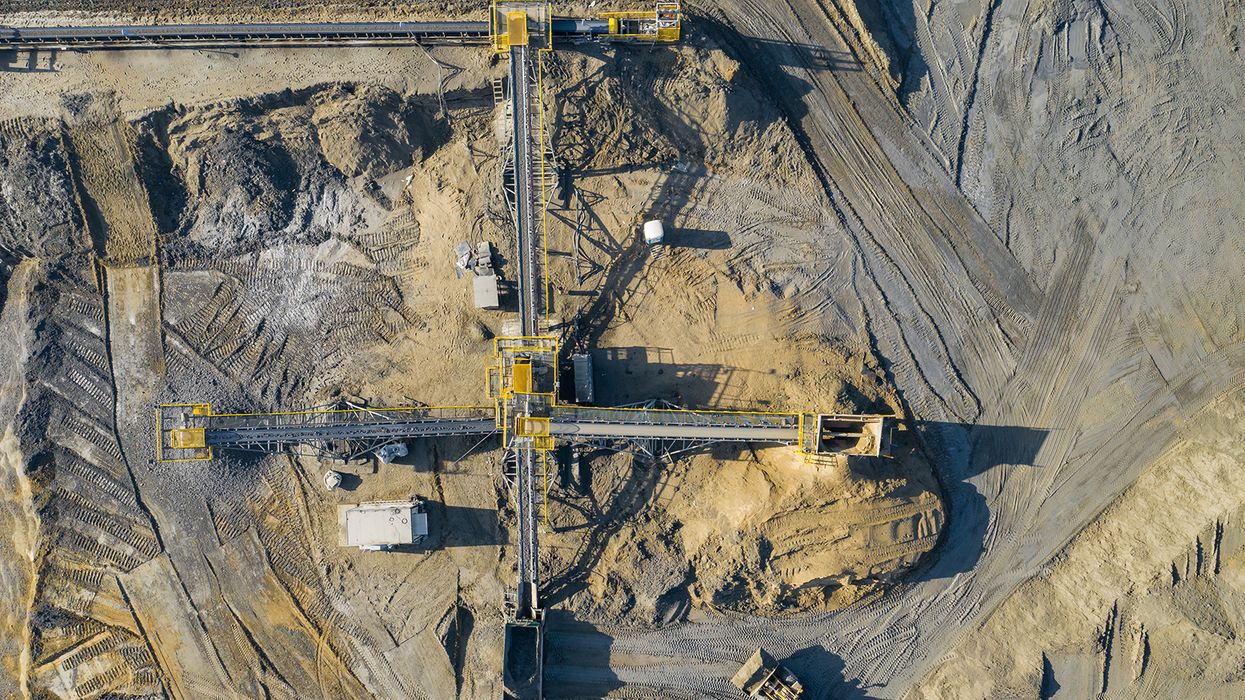Elevating scissor lift safety through training
Working at heights is always dangerous, and becomes even more dangerous when employees work from elevated equipment that moves. When training workers to use scissor lifts, employers must cover far more than how the controls work. Most injuries and fatalities involving scissor lifts result from the failure to address matters like fall protection, stabilization, or positioning (such as working near power lines).
OSHA regulates scissor lifts as scaffolds. The general industry standard refers employers to the construction standard, where training requirements appear in 1926.454. However, that section includes things like erecting and disassembling scaffolds, which isn’t relevant for scissor lifts.
Training resources
Employers should allow only trained personnel to operate or work from a scissor lift. To provide effective training, employers may look to the powered industrial truck training requirements, even though OSHA does not classify scissor lifts as powered industrial trucks. Training should cover things like pre-use inspections, steering and maneuvering, vehicle stability, and any precautions in the equipment operator manual.
In addition, employers should review ANSI/SAIA A92.24, Training Requirements for the Use, Operation, Inspection, Testing and Maintenance of Mobile Elevating Work Platforms (MEWPs). It recommends classroom/online training as well as practical hands-on training. The ANSI standard also recommends training “occupants” who work from the platform but do not operate the lift, and training supervisors of MEWP operators to recognize hazards or unsafe conditions.
Pre-use inspection
Operators should conduct a pre-use inspection. Remember that OSHA requires employees to inspect stepladders before the first use on each shift, so requiring employees inspect a scissor lift before use just makes sense. The manufacturer’s operator manual may recommend things like testing controls, ensuring that guardrail systems are functioning, and verifying that brakes are operating properly.
Operators will need training on how to perform these inspections and what to look for. Employees should also know how to report any defects or maintenance needs.
Fall protection
A scissor lift needs a guardrail around the operator platform. To ensure protection along all edges, the operator must secure the entry gate before using the lift. When employees are protected by guardrails, they do not need other fall protection.
Operators and occupants must also follow safe work practices, such as keeping both feet on the platform. They should never stand on the guardrails or lean over the side. If employees will exit the lift to access another elevated surface, they must use other fall protection.
Stability
Operators must know how to evaluate the working area for possible hazards. Among other things, they’ll need to check the work area for potholes, uneven areas, changes in elevation, or debris that could affect stability.
If working outdoors, the operator should check the wind speed. In most cases, the wind should be less than 28 miles per hour. The operator should understand the effects of wind gusts and how buildings might channel the wind at different speeds.
Some lifts include outriggers for additional stability. These should be deployed before elevating the lift platform.
Training other workers
As noted, the ANSI standard recommends training for “occupants” who work from the lift, as well as training supervisors of lift operators. In addition, employees who work near the lift may need training or at least warnings on maintaining a safe distance, awareness of the potential for falling objects, and other hazards of working on the ground near a scissor lift.
Key to remember: Although a scissor lift is not a powered industrial truck, operators need training on similar topics and should go through an equivalent level of training.





